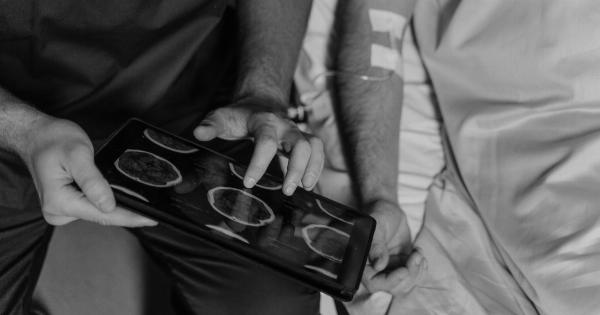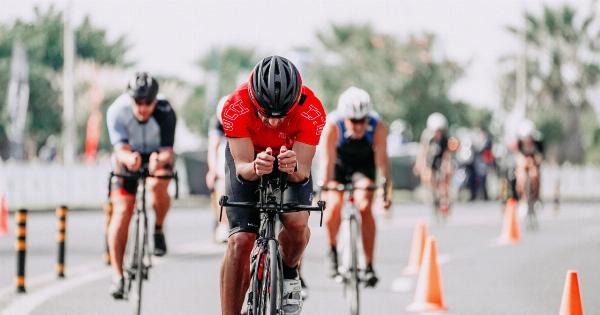Head injuries in children can occur in a number of ways, but one of the most common causes is falls. Children are more prone to falls due to their active nature and developing motor skills.
Falls can occur anywhere, from a playground to a staircase, and can result in a range of injuries, from a bump on the head to a serious traumatic brain injury.
Falls from heights
Falls from heights are one of the most serious types of falls that could result in head injuries. Children can fall from a height of a crib, changing table, window, balcony, or a tree.
These falls may result in skull fractures, brain contusions, and lacerations that may require immediate medical attention.
Playground falls
Playgrounds are fun and exciting places for children, but they can also be dangerous. Falls on playgrounds can result from equipment that is poorly maintained, improperly designed, or not suited to the child’s age or development level.
Children can fall from swings, slides, balance beams, and monkey bars. These falls could result in a range of injuries, from bumps and bruises to more serious head injuries. Supervision by an adult can go a long way in preventing playground accidents.
Sports-related injuries
Sports are a great way for children to stay active and healthy, but they can also be a source of head injuries. Sports like football, soccer, and cheerleading are particularly prone to head injuries.
Helmets and other protective equipment can reduce the risk of head injuries in sports, but they can’t prevent all injuries. It’s important to follow the rules of the game and encourage safe play to minimize the risk of head injuries.
Car accidents
Car accidents are another common cause of head injuries in children. The force of a car accident can cause a child’s head to hit a hard surface, such as a window, dashboard, or steering wheel.
Injuries can range from minor bumps and bruises to serious head injuries, including traumatic brain injuries. Proper use of car seats and seat belts can help prevent head injuries in car accidents, but they are not foolproof.
Bicycle accidents
Bicycle accidents are a common cause of head injuries in older children. Wearing a helmet can significantly reduce the risk of head injuries in bicycle accidents, but many children neglect to wear helmets or wear them improperly.
It’s important to encourage your child to always wear a properly-fitted helmet when riding a bike and to follow the rules of the road to minimize the risk of accidents.
Steps to prevent head injuries in children
Preventing head injuries in children requires a combination of supervision, education, and safety measures. Here are some steps you can take to keep your child safe:.
Supervise your child
Supervision is key to preventing falls and other accidents. Keep a watchful eye on your child, particularly when they are playing on playgrounds or engaging in sports. Make sure they are following the rules and using equipment properly.
Always supervise young children when they are near stairs, balconies, or other heights.
Use safety equipment
Safety equipment can significantly reduce the risk of head injuries in many situations. Make sure your child is always wearing a properly-fitted helmet when engaging in activities like biking or skateboarding.
Use safety gates to block off stairs and balconies and locks to secure windows. Ensure playground equipment is properly maintained and designed for your child’s age group.
Teach safe behavior
Teaching your child safe behavior is crucial to preventing head injuries. Teach your child to follow the rules of the game when playing sports and to avoid dangerous activities.
Encourage your child to always wear a helmet when biking or skating and to look both ways before crossing the street. Teach your child to recognize and avoid potential hazards.
Conclusion
Head injuries in children can be serious, but they can often be prevented. Falls are one of the most common causes of head injuries in children, but there are steps parents can take to reduce the risk of falls and other accidents.
Supervising your child, using safety equipment, and teaching safe behavior are all important in preventing head injuries. By taking these steps, parents can help keep their children safe and healthy.





























